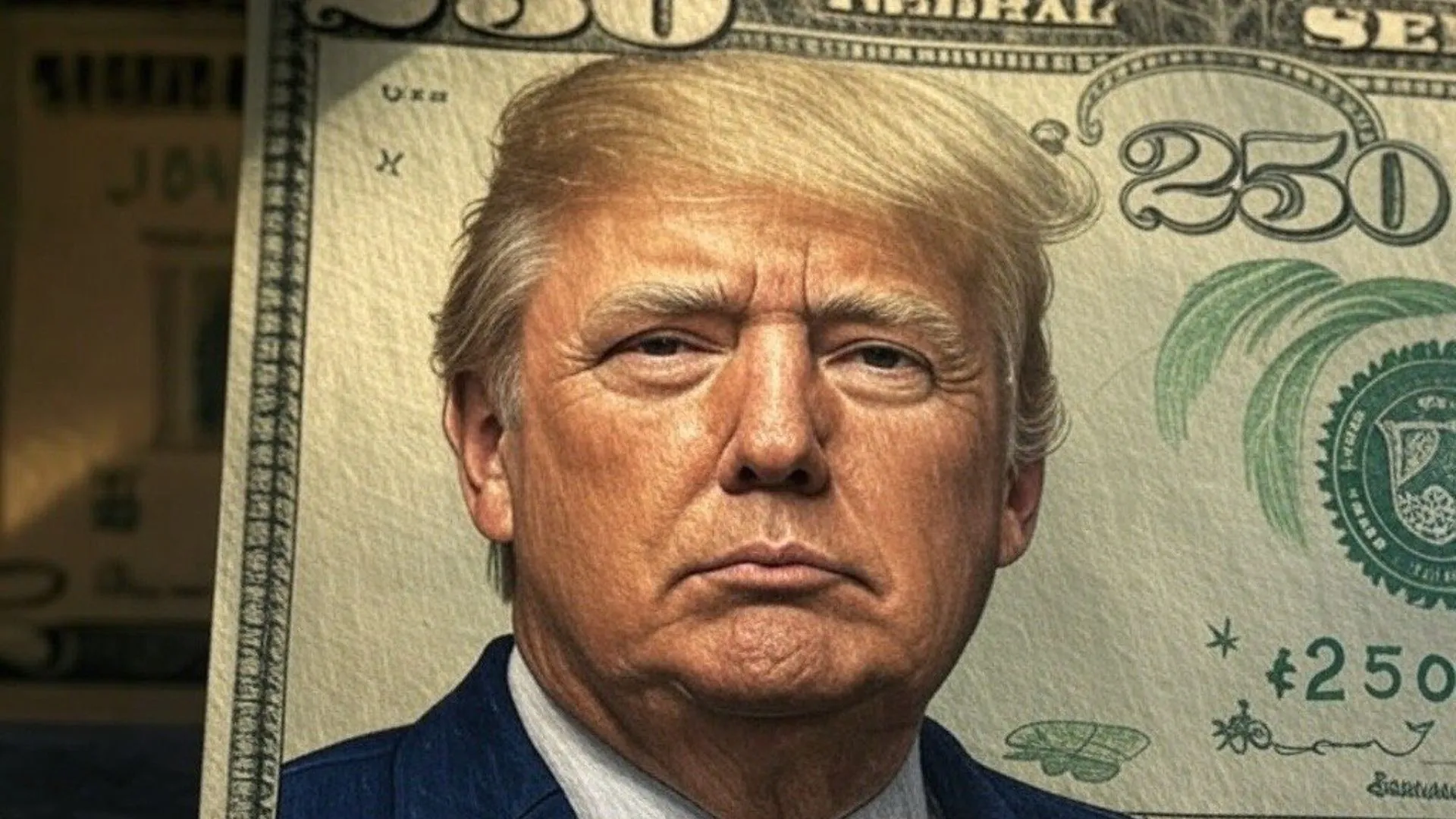India’s manufacturing sector, already vulnerable, is poised to face significant challenges due to the US administration’s imposition of reciprocal tariffs under President Donald Trump’s policies. Despite the government’s push to strengthen the sector through the ‘Make in India’ initiative, manufacturing’s contribution to India’s GDP slightly declined to 15.83% in 2023-24 from 15.99% in 2014-15.
Understanding Reciprocal Tariffs and Their Potential Impact
Reciprocal tariffs are essentially duties imposed by one country on another’s imports in response to tariffs levied on its own exports. Trump’s “eye for an eye” approach could see significant tariffs imposed on Indian goods entering the US market. However, the exact nature and calculation of these tariffs remain unclear, adding to the uncertainty.
With the US being India’s largest export partner, Trump’s tariff policy could have far-reaching effects on Indian exports. Key industries like steel, aluminium, pharmaceuticals, textiles, and electronics are expected to bear the brunt of these new tariffs. As these sectors account for a significant portion of India’s exports to the US, the impact could be severe.
Rising Costs and Increased Competition
One of the immediate consequences will be the increased cost of Indian exports to the US. For instance, the 25% tariff imposed on US imports of steel and aluminium on February 10 will raise costs for Indian exporters. Currently, steel imports face a 2.95% tariff, and aluminium imports a 3.91% tariff. These higher duties will make Indian products less competitive, driving up prices for American consumers. Reduced sales and revenue losses are inevitable, and industries such as automobile manufacturing and canned goods could see downstream effects, potentially leading to production cuts and job losses.
Impact on India’s Pharmaceutical, Textile, and Electronics Sectors
India’s pharmaceutical industry, a key supplier of generic drugs to the US, will also face increased costs as a result of the new tariffs. This will squeeze profit margins, potentially making Indian drugs less competitive compared to alternatives from other countries. Similarly, the textile and electronics industries, both significant contributors to India’s export portfolio, may lose market share to other low-cost manufacturing hubs like Vietnam and Bangladesh.
Broader Economic Implications: Reduced Exports and Slower Growth
The long-term effects of reciprocal tariffs won’t be limited to immediate declines in merchandise exports. A sustained reduction in exports, coupled with higher tariffs, could dampen foreign investment in India’s manufacturing sector. This, in turn, would pose a challenge to the government’s ‘Make in India’ initiative, which aims to boost industrial growth and job creation.
Navigating Uncertainty: India’s Path Forward
To mitigate the impact of these tariffs, India will need to explore alternative markets and negotiate better trade deals. Strengthening domestic industries, diversifying exports, and investing in technology and innovation will also be crucial in minimizing the long-term effects of these trade policies.
ALSO READ: Trump Says Mexico and Canada Tariffs Will Go Into Effect on March 4























